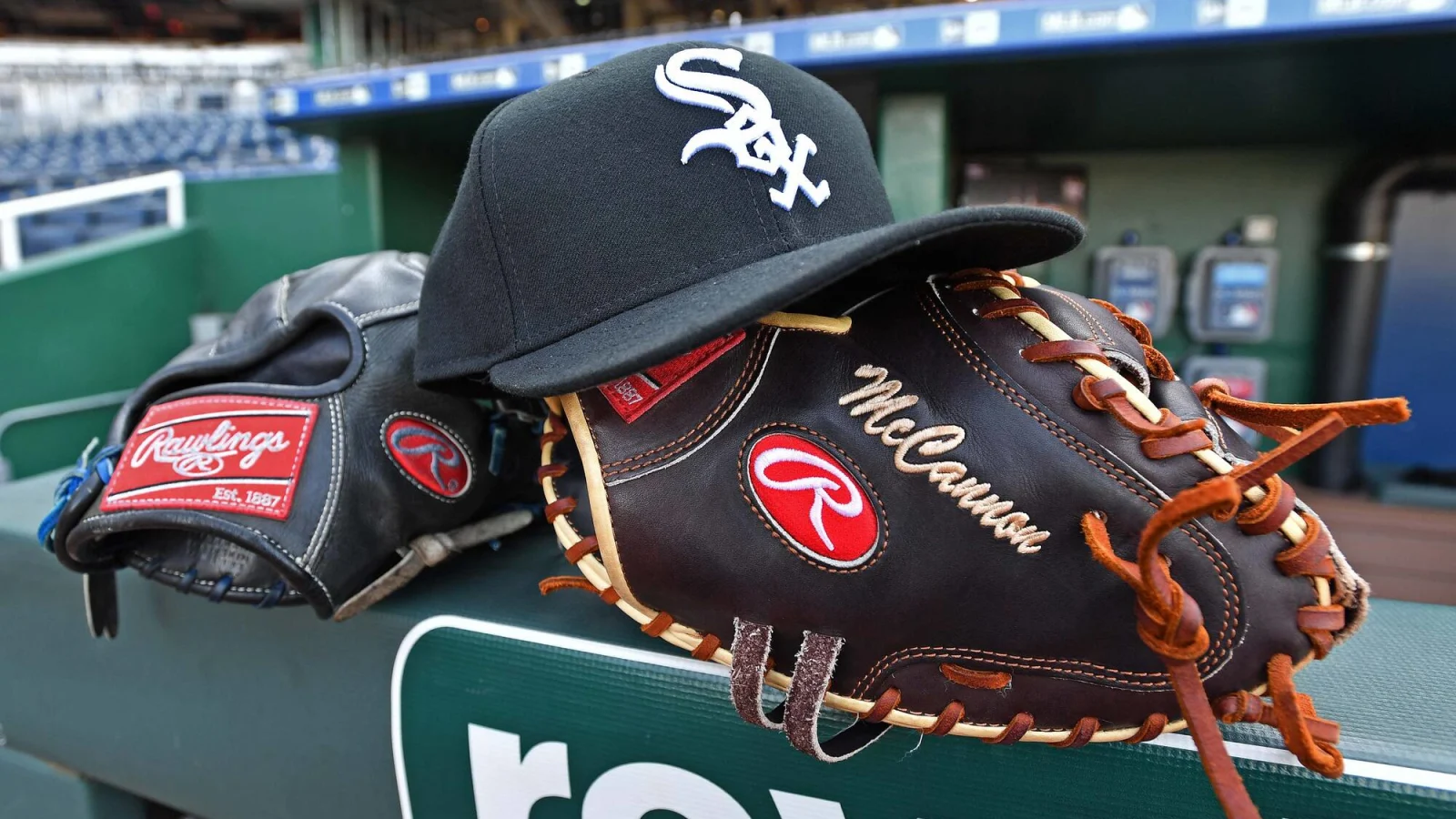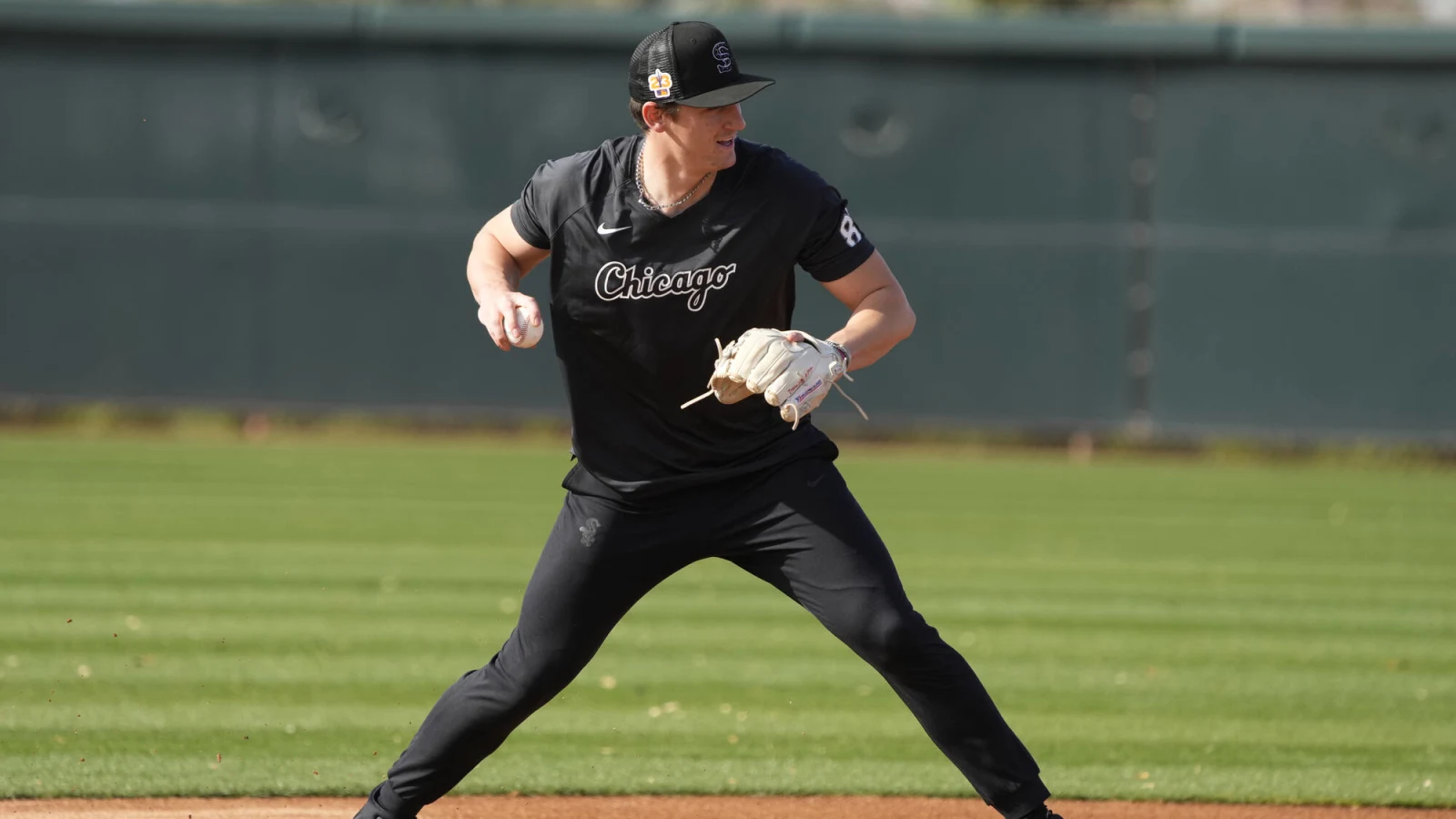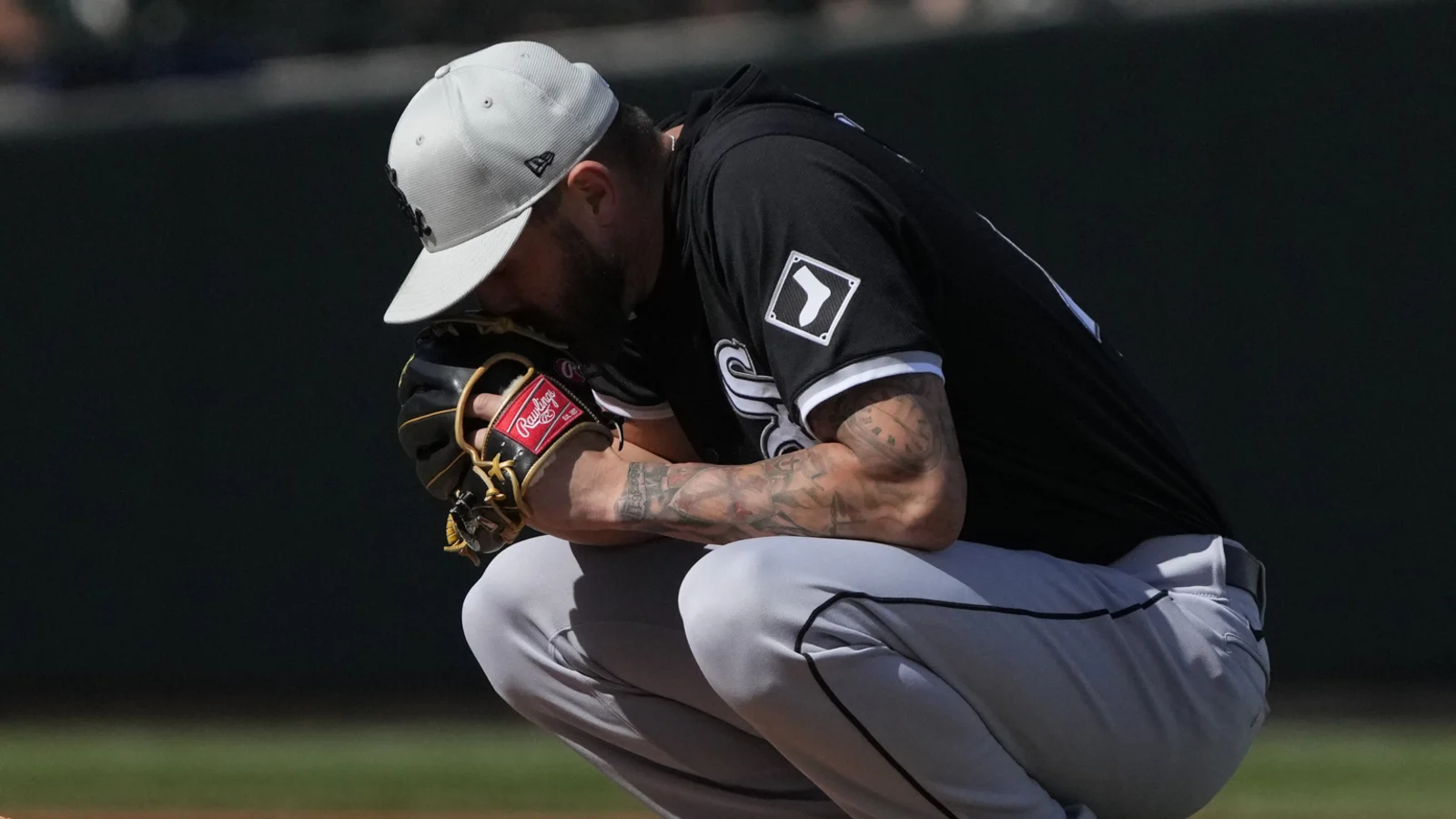Now, half a billion dollars wouldn’t even cover half the cost of a proposed new stadium for the White Sox, but the idea that Reinsdorf for all his skillful negotiating hasn’t somehow been able to tie his interests to some portion of that money would seem foolish. The bottom line is that there are a lot of pieces being put in place toward finishing this puzzle.
With all these things happening in the span of two weeks, it appears on the surface as though Reinsdorf and Related Midwest are aligning their chess pieces strategically before making the trip down to Springfield to present their vision to Governor J.B. Pritzker. Pritzker has been adamant that public funding is a non-starter for him, but are the two key stakeholders in this project positioning themselves to eliminate that obstacle almost entirely?
A multi-billion dollar project has multiple layers of funding and a lot of room for things to go wrong, but there seems to be vested interest by many people involved to get this deal done quickly.
Timing It All
Most White Sox fans seem to be of the mindset that Opening Day 2030 is when we would first see the team’s new home. But is it possible that it could be sooner? Some interesting details question whether the team could move into their new digs before the next decade.
I find it fascinating that these discussions are beginning six years before the team would move into a new ballpark. The public nature of this is also something that we typically don’t see with this much time left on the club’s current lease at Guaranteed Rate Field. If you look across the league, new stadium announcements don’t happen with this much time before a new park opens.
Two ballparks have opened across MLB in the last decade. Globe Life Field opened for the 2020 pandemic-shortened season in Arlington, Texas. The Texas Rangers announced their intent to build a new stadium on May 20, 2016 with a goal to move in for the 2020 season. The stadium’s groundbreaking took place 16 months later on Sept. 28, 2017.
The Atlanta Braves announced their plan to build then-SunTrust Park on Nov. 11, 2013 with the stated goal of the facility being ready for Opening Day 2017. The team broke ground on the facility Sept. 16, 2014, a mere 10 months after the announcement. So, MLB’s two newest parks had less than 18 months from the initial announcement to shovels being in the ground.
From the time construction started, the teams played only two seasons in their previous homes before moving to their state-of-the-art facilities. I think we all know that Chicago weather can wreak havoc on construction in ways that the climates in Texas and Georgia can’t compare, so how long would it reasonably take to build a stadium in the Midwest?
The last new Midwest stadium to be built was Target Field in Minneapolis by the hated Twins. The Twinkies announced they were getting a new home, after they should’ve been contracted, on May 20, 2006. The team broke ground on the new downtown ballpark on Aug. 31, 2007 — 15 months after the initial announcement. Minnesota played the 2008 and 2009 seasons in the awful Metrodome before moving into Target Field for the 2010 season. Are you noticing patterns here?
Even the last time the White Sox went through his exercise, they had similar timelines. Last year, I chronicled the 35th anniversary of the stadium resolution that kept the Sox at the corner of 35th/Shields. The funding resolution passed on June 30, 1988 with the groundbreaking taking place on May 7 of the following year. The team played less than two full seasons at Old Comiskey Park while its replacement was being built across the street. So, these timelines are staying relatively consistent even with the passage of time and stadium construction becoming more elaborate.
If all potential hurdles are cleared and a new ballpark is announced as an anchor for The 78, I would think the political movement that we’re seeing publicly would lead to this announcement sooner rather than later. The Sox and Related Midwest would seemingly have no reason to delay the project to align with the conclusion of the team’s current lease at Guaranteed Rate Field following the 2029 season.
The fact that the White Sox pay a minuscule $1.5 million in annual rent — the cost of a low-leverage reliever — shouldn’t deter them from buying out any remaining years of the lease to get into their new cash cow and drive up the franchise valuation. For all the things I despise about Jerry Reinsdorf, I can say that he’s truly a masterful negotiator. So, I wouldn’t rule out him finding a way to exit Guaranteed Rate Field before the end of the current lease, should he desire. Hypothetically, if a deal were to be announced in the next month or so, as Bruce Levine has previously alluded to, construction could begin by Spring 2025 if recent stadium projects serve as any guide.
That could set up the team’s new home at the corner of Clark and Roosevelt to be christened for Opening Day 2028, and not two years later as we all have believed. It would stand to reason that Reinsdorf, the White Sox organization, Related Midwest, and the City of Chicago would want to begin turning on the revenue-generating faucets as soon as they can.
Things are happening fast in the White Sox’ quest to get their next ballpark. Political dominoes are falling into place rapidly for all the public to see. There’s little benefit I can think of as to why this project would wait to begin taking shape if it gets all the necessary approvals. The roadblocks are seemingly being cleared, and the Sox may just be in their new home sooner than we originally thought.




Be the first to comment